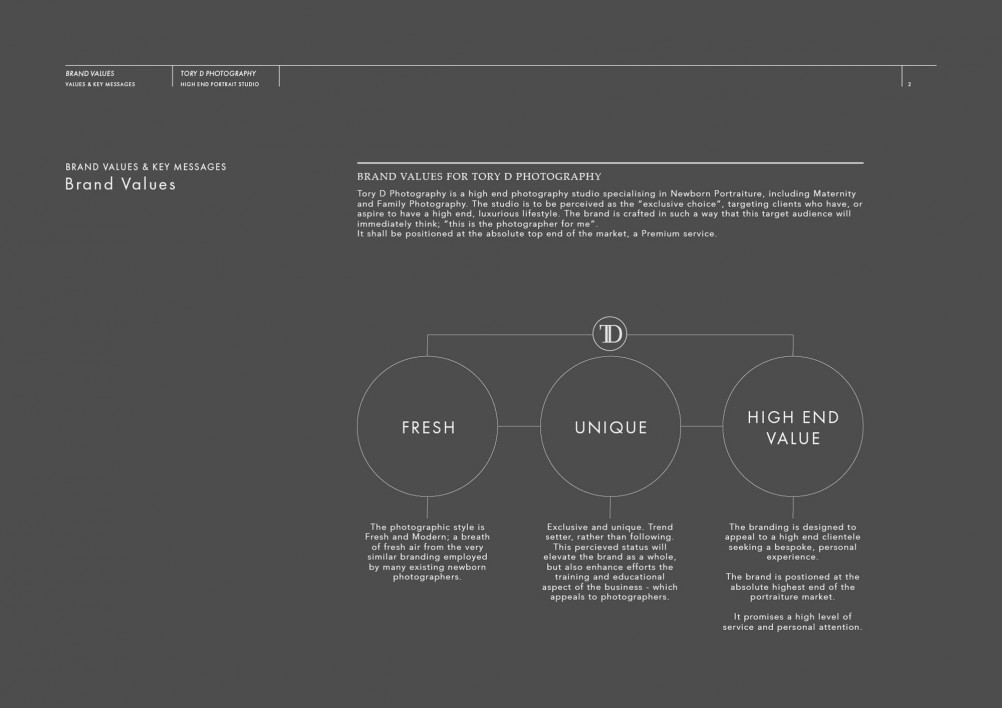Getting your startup off the ground can be overwhelming, with so much to do and often a limited timeframe to do it. Establishing a professional brand identity is an important factor, and not one that should be overlooked. Even at the earlier stages, having your branding in place sends a positive message to potential investors and shows that you are taking your business seriously. It’s a worthwhile investment in itself, that can greatly assist in efforts to raise the perceived value of your product or service, and ensure it gets a head start in attracting the right kind of attention.
If you’re launching a startup and realised you don’t have branding in place yet – it’s not too late! I hope this article will provide a useful guide in determining just what you need in terms of brand identity, what to expect and finally, finding a brand identity designer who offers a service appropriate to your requirement.
What should Brand Identity for my Startup include?
Firstly, you need to establish your brand strategy; just what your key brand messages are, your USP, where you want to be positioned in the context of competitors, and which demographic you’ll be targeting. Skip that step, and you’ll be designing something that looks pretty at best. At worst, you might actually do more harm than good by sending mixed messages or the wrong message altogether! If you feel confident you can establish the brand strategy yourself, that’s fine – just ensure all this key information is passed on to the design.
With a clear objective from the brand strategy in place, next you’ll want to ensure any brand identity package you select will include more than the logo alone. In reality, the logo is just the tip of the iceberg; which colours will your brand use? Which fonts? How will these be used in practice? If possible, try to get the identity designer to include brand guidelines as a deliverable, so that you have a recipe book for consistency.
You may or may not need other deliverables at this stage; but be sure to check if business stationary, such as letterheads & business cards are required. If you’re launching an initial product range, be sure to check the packaging is included.
Who should I use? Finding the appropriate level for your startup.
For good reason, this heading isn’t entitled “how much should I pay”, as that’s completely subjective – and relative to the region you live, the skill and experience of the designer you choose to commission. However, we could group brand identity designers into 3 main groups;
Branding Agencies, Design Studios, and Freelance Designers.
Although there is a significant degree of overlapping between the three, here are some factors that might have a bearing and allow you to make an informed decision;
Branding Agencies – these are the big companies who tend to take care of large clients who need sizeable team to meet their requirements. A larger team working on a project means increased cost, but they adopt a carefully managed and strategic approach – combining the expertise of many individuals. For very large projects, an agency can offer a reasonable turnaround time – that a smaller design studio or freelancer would simple not have the time or resources to provide. Think Global Brands; like John Lewis, Vans, Sainsbury’s. Companies like these will often work with an agency.
Design Studios – usually small groups of anything from 1 to 10 designers, providing a comprehensive service that is slightly scaled down from Agency level. They can usually take on large to medium sized branding projects, ideal for medium sized businesses – but some will be willing to work with smaller businesses too.
Freelance Designers – perfect for small to medium sized businesses, but a freelancer would struggle to find the time or resources to meet the needs of a large, global brand. The main advantage is the increased level of personal attention they can provide. You also know exactly who you’ll be working with – and the portfolio reflects the work of an individual, rather than collective of designers. A freelancer will generally have scaled down the process from Agency level to something more appropriate for a smaller business, while delivering similar results. For example, rather than performing market research in person, they may gather results from an online report.
I hope this short guide enables you to make an informed decision as you invest in one of the most important factors of your new startup; brand identity.

